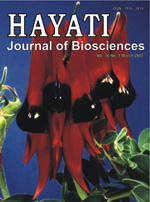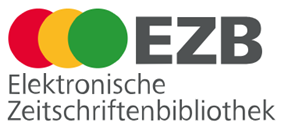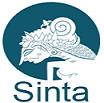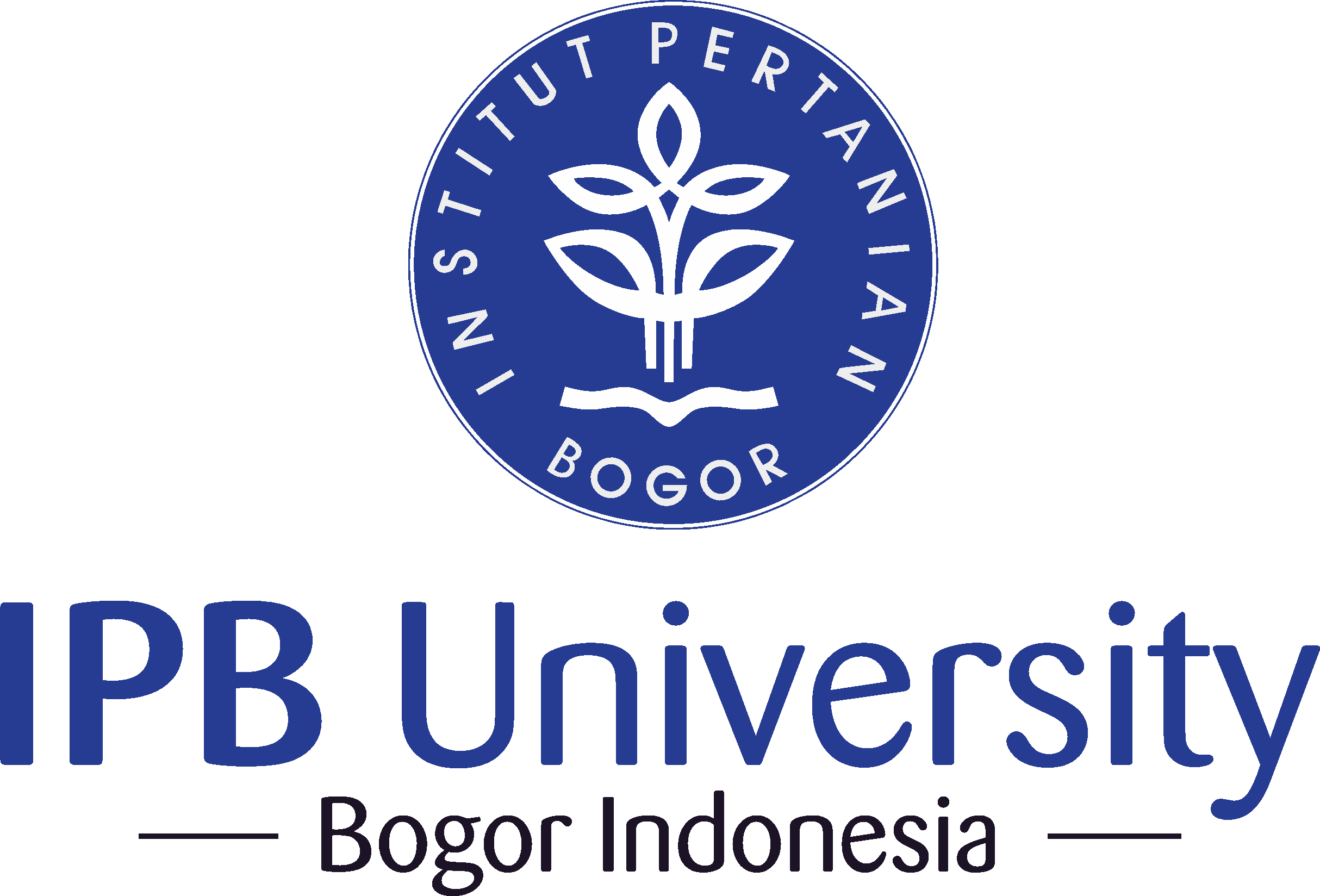Potential of Endophytic Bacterial to Control Lesion Nematode Pratylenchus brachyurus) on Patchouli
Abstract
Root lesion nematode (Pratylenchus brachyurus) is one of the most important pathogens of patchouli that caused significant losses. Studies on the potential of endophytic bacterial to control P. brachyurus on patchouli had been conducted. To evaluate the effectiveness of endophytic bacterial against to P. brachyurus on patchouli, nine isolates of bacteria ( NJ2, NJ25, NJ41, NJ46, NJ57, NA22, ERB21, ES32, and E26) were applied by deeping root seedling into bacterial suspension. A study of the physiological characteristics of nine isolates was conducted by using specific medium. The results showed that endophytic bacterial was significantly reduced the population of P. brachyurus and all isolates bacterial promoted growth of patchouli (shoot weight, root weight, and root length). Four isolates, i.e. Bacillus NJ46, Bacillus Na22, Bacillus NJ2, and Bacillus NJ57 were among the potential control agents that reduced nematode populations as much as 68.1-73.9%. Almost all of the isolated bacteria from patchouli roots were able to solubilizing phosphate, while some of them had the ability to produce chitinase, cellulase, protease, HCN, and fluorescency.Key words: endophytic bacterial, Pratylenchus brachyurus, Pogostemon cablin, patchouli, nematode, biological control
Downloads
HAYATI J Biosci is an open access journal and the article's license is CC-BY-NC. This license lets others distribute, remix, tweak, and build upon author's work, as long as they credit the original creation. Authors retain copyright and grant the journal/publisher non exclusive publishing rights with the work simultaneously licensed under a https://creativecommons.org/


















.png) IPB University
IPB University Department of Biology
Department of Biology The Indonesian Biological Society
The Indonesian Biological Society 

